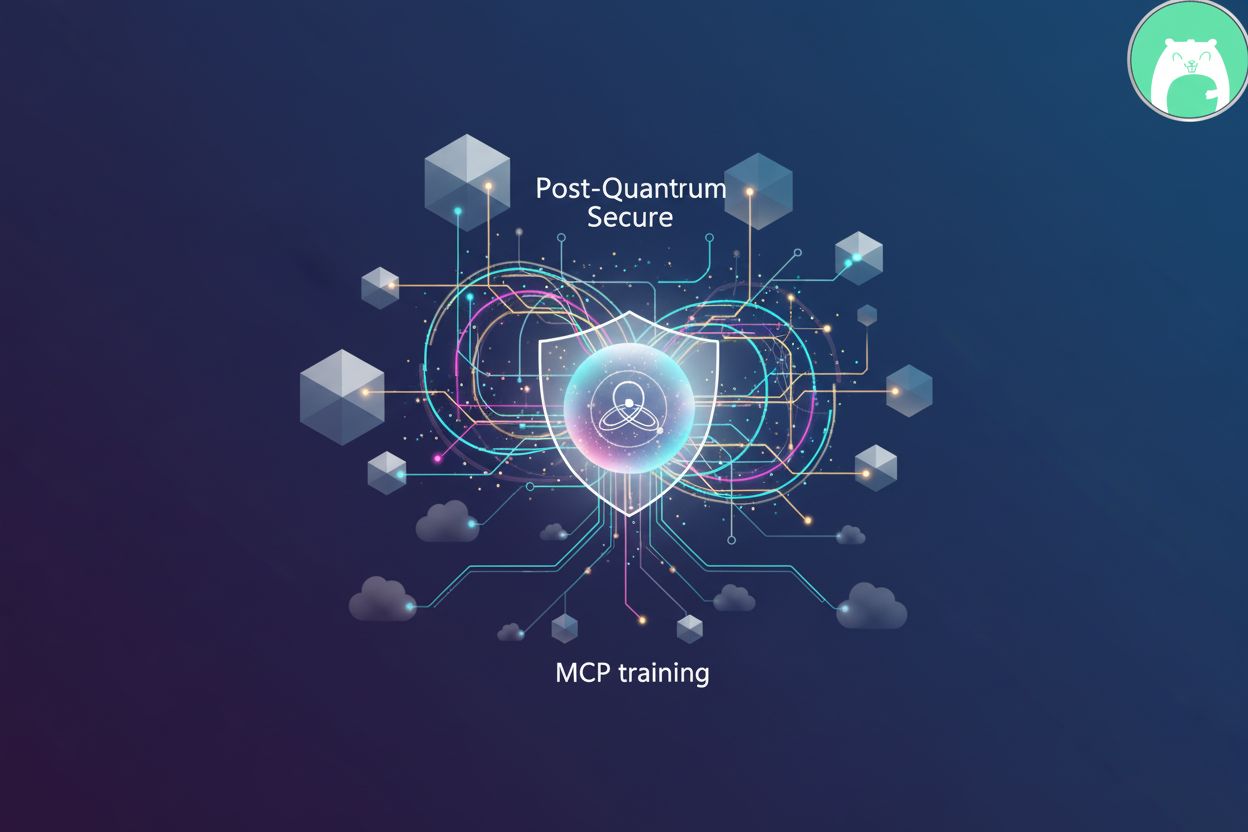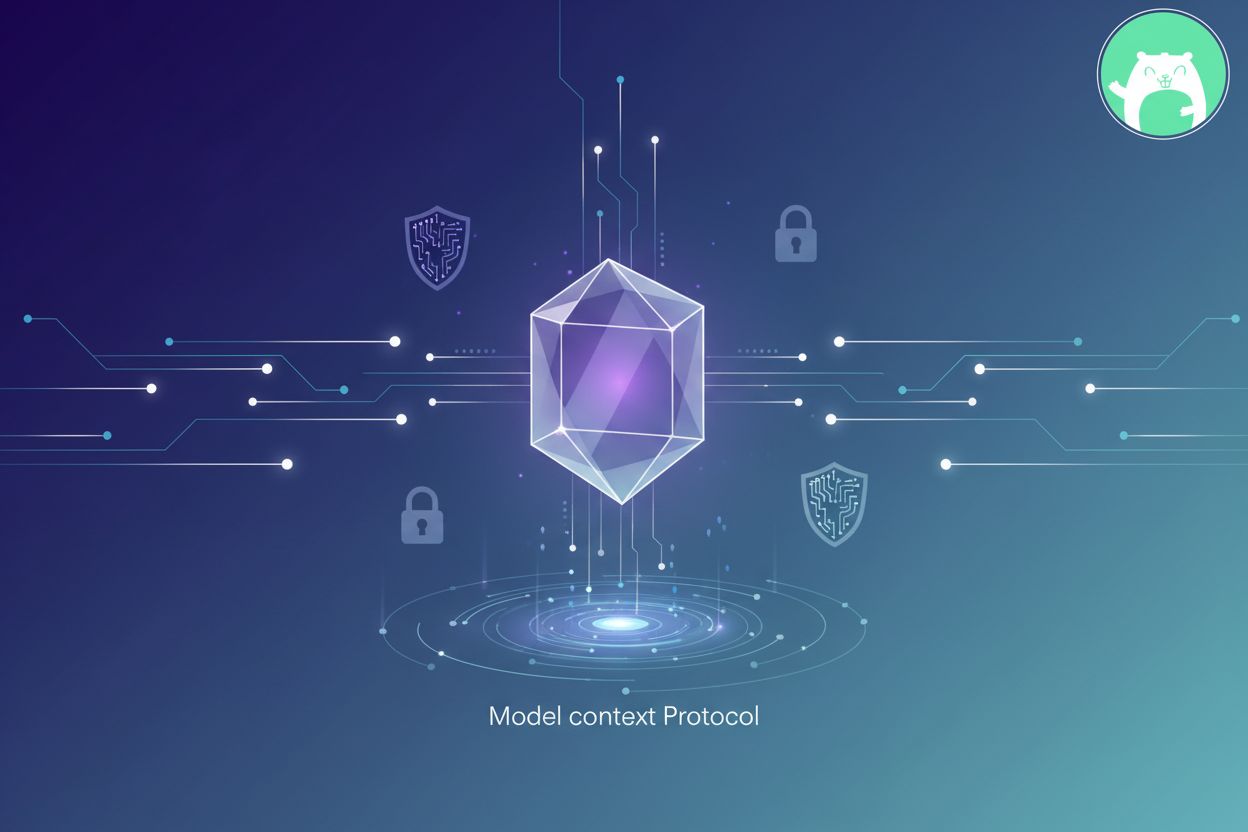Enhance Enterprise Security: The Essential Role of Private Networks in Cloud and Hybrid Environments

TL;DR
In today's digital landscape, enterprises increasingly rely on cloud-based services, hybrid environments, and distributed IT infrastructures to meet their operational needs. With the rise of remote workforces, the security of enterprise networks has become more critical than ever. Enterprise private networks offer a robust foundation for securing sensitive data, managing traffic, and ensuring compliance, especially in complex IT environments.
The Importance of Enterprise Private Networks in Cloud and Hybrid Environments
Security in the Cloud: As businesses migrate more workloads to the cloud, securing those environments becomes paramount. Cloud services, while flexible and scalable, introduce new security challenges, including potential data breaches, unauthorized access, and complex compliance requirements. An enterprise private network can provide a controlled environment where sensitive data remains within the company’s secure perimeter, even when accessing cloud resources.
Hybrid and Distributed IT Environments: In hybrid environments, where workloads are spread across on-premises and cloud data centers, maintaining a consistent security posture is challenging. A private network ensures that data can flow securely between these environments without exposure to the public internet. This is particularly important for distributed IT infrastructures where different segments of the network might be managed independently, increasing the risk of vulnerabilities.
Remote Workforce Security: With the growing trend of remote work, employees often access corporate resources from various locations and devices. This decentralized access can lead to increased security risks if not properly managed. Enterprise private networks allow for secure remote access, ensuring that data transmission remains encrypted and secure, no matter where employees are located.
How to Secure Enterprise Private Networks: Best Practices
1. Implement Zero Trust Security: Adopt a Zero Trust approach where every access request is authenticated, authorized, and continuously validated. This reduces the risk of unauthorized access, even from within the network.
2. Deploy Micro-Segmentation: Micro-segmentation divides the network into smaller, isolated segments, limiting the lateral movement of threats. This ensures that even if an attacker gains access to one segment, they cannot easily move to others.
3. Utilize SD-WAN: Software-Defined Wide Area Networks (SD-WAN) optimize the routing of traffic across the network, ensuring secure, high-performance connections, especially in hybrid and multi-cloud environments.
4. Integrate Mesh Networks: Mesh networks provide decentralized and resilient connectivity, improving the security and reliability of communications within the enterprise network, particularly in complex or large-scale deployments.
5. Disable Inbound Traffic: By disabling inbound traffic and using solutions with strong NAT traversal capabilities, enterprises can prevent unauthorized external access, reducing the attack surface and improving security.
The Role of SD-WAN, Mesh Networks, Zero Trust, and Micro-Segmentation
SD-WAN: Enhances security by dynamically routing traffic over secure paths, integrating with security policies, and providing end-to-end encryption across the network.
Mesh Networks: Offer improved reliability and security by creating multiple, redundant paths for data, reducing the risk of a single point of failure.
Zero Trust: Central to securing modern enterprise networks, Zero Trust ensures that every user, device, and connection is verified before access is granted, mitigating the risk of insider threats and unauthorized access.
Micro-Segmentation: Limits the impact of breaches by isolating network segments, ensuring that attackers cannot easily move laterally within the network.
Disabling Inbound Traffic: By deploying solutions that consolidate mesh networks, Zero Trust, and micro-segmentation with strong NAT traversal, enterprises can create a highly secure environment where inbound traffic is minimized, and unauthorized access is nearly impossible.
Pros and Cons
Pros:
- Enhanced Security: The combination of SD-WAN, mesh networks, Zero Trust, and micro-segmentation provides a comprehensive security posture, protecting against a wide range of threats.
- Improved Compliance: Ensuring secure data transmission and access control helps meet regulatory requirements.
- Scalability: These solutions are scalable, accommodating growth in network size and complexity.
Cons:
- Complex Implementation: Integrating these technologies requires careful planning and expertise, potentially leading to higher initial costs.
- Management Overhead: Maintaining a secure private network with these advanced technologies can increase operational complexity.
- Vendor Lock-In: Relying on specific vendors for these solutions might limit flexibility.
Adoption Rate
The adoption of enterprise private networks, SD-WAN, Zero Trust, and micro-segmentation is steadily increasing as companies recognize the need for robust security in the face of growing cyber threats. According to industry reports, over 60% of large enterprises are expected to implement these technologies by 2025 to secure their hybrid and cloud environments.
Comparing Solutions
SD-WAN vs. Traditional WAN: SD-WAN offers greater flexibility, cost efficiency, and security compared to traditional WAN solutions, making it ideal for hybrid and multi-cloud environments.
Mesh Networks vs. Traditional Networks: Mesh networks provide better fault tolerance and security, especially in large, distributed environments, but can be more complex to manage.
Zero Trust vs. Perimeter-Based Security: Zero Trust is more effective in today’s decentralized environments, where the traditional perimeter-based security model is no longer sufficient.
Micro-Segmentation vs. Network Segmentation: Micro-segmentation offers finer control and better isolation of network segments, reducing the risk of lateral movement by attackers compared to traditional network segmentation.
Conclusion
Securing an enterprise private network in today’s complex IT landscape requires a multi-faceted approach. By leveraging technologies like SD-WAN, mesh networks, Zero Trust, and micro-segmentation, enterprises can build a resilient and secure network that meets the demands of cloud, hybrid, and distributed environments. Disabling inbound traffic and deploying advanced NAT traversal solutions further enhances security, making unauthorized access nearly impossible. While these solutions offer significant benefits, careful consideration of the pros and cons is essential to ensure successful implementation and ongoing management.





